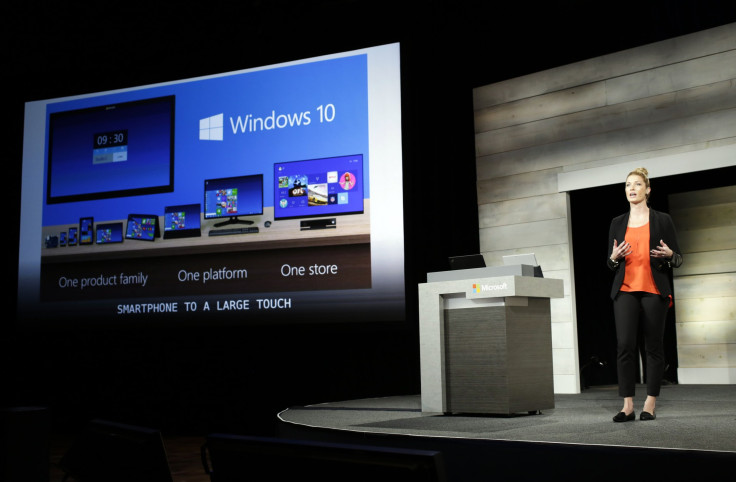Report: Microsoft Windows 10 Update Is Going To Make Your PC A Lot More Like A Mac

Microsoft is reportedly planning to bring a feature to Windows 10 that will let Windows devices move running apps between them. Sources speaking to WinBeta describe the feature as working like Apple's OS X Continuity features, where, for example, a Safari page on an iOS device can be picked up by a Mac and vice versa. The feature is slated to be included in an update for Windows 10 scheduled for next year called Redstone.
Imagine starting to write an email on a Windows phone as you're walking down the street. You return home, switch on your computer, and want to use the bigger keyboard on your desk. Microsoft's feature, as described, would let you continue this in-progress email on your desktop, handing over the unfinished work to the new device.
Microsoft isn't stopping there, however. The company is also planning to let users make phone calls from their desktops. The two features will complement the existing "universal app" experience to ensure that users have a single, continuous experience across devices.
Of course, all of the above features depend on the user owning a Windows 10 phone, so it is clear why Microsoft would want to develop this feature. Windows phones have struggled to make inroads with big players like iOS and Android dominating the marketplace. In fact, they are expected to account for less than 3 percent of the global smartphone market by the end of the year. Providing Windows users with an incentive to choose Windows over, say, Android, may help tip the scales a bit back toward Microsoft.
© Copyright IBTimes 2024. All rights reserved.












